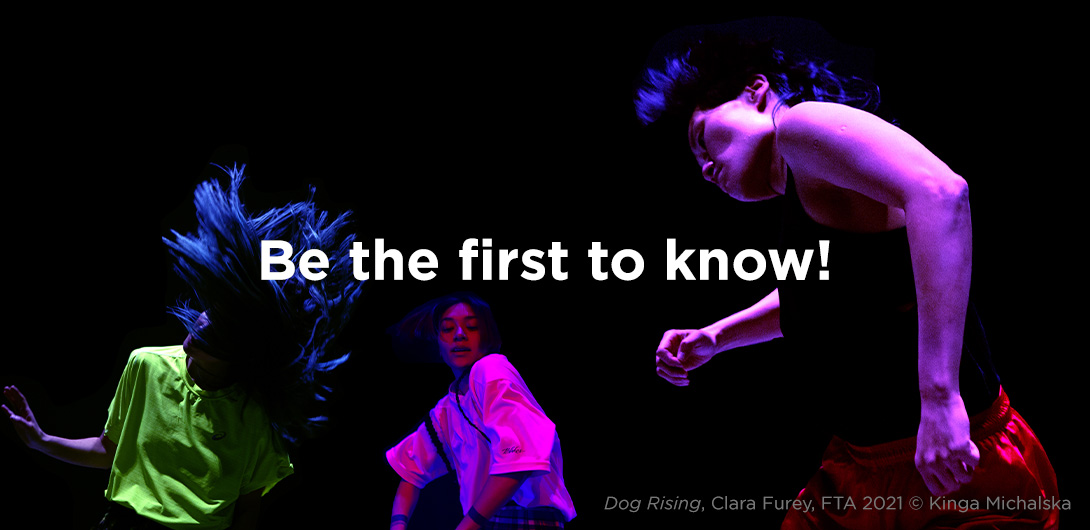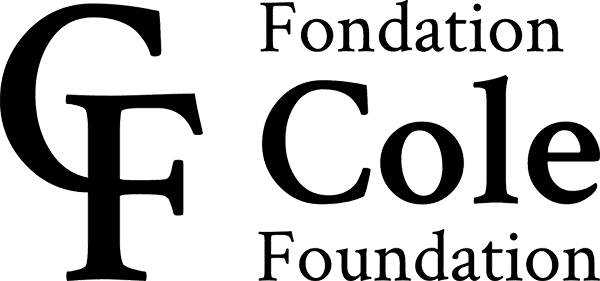ODE presents bodies and voices acting in unison. Could you tell us about incorporating the songs, whose simple, catchy lyrics soon become odd earworms?
The desire to sing together arose spontaneously during rehearsals. I like to believe that letting our original ideas emerge, then revealing and considering them, puts us in touch with a kind of collective unconscious. I like to believe that everyone carries part of the show’s material in them. Right at the start of the process, an actor had a well-known pop song with short, catchy words stuck in his head. By all appearances, it’s a classic love song—but if you look at it more closely, the lyrics are reminiscent of a plea, a prayer, or even a call for divine intervention. There’s something sacred about the total abandonment of the self in the pursuit of another who will cure your misery. This ambiguity—the naivete of a catchy, sexy tune mixed with an implicit call for divine intervention—intrigued us right away.
The pursuit of bliss and collective transcendence was also the basis of your creative work in Les jolies choses. How have you approached it this time?
Besides the relationship to the apparatus of show business, performance, and virtuosity, there was indeed a desire for transcendence at the level of the performers’ state of mind in Les jolies choses. We sought this transcendence through the repetition of the gestural mantra and the demands of the score, which naturally produced a detachment from the real. But it all remained very abstract. In ODE, there is once again the idea of a choir and a dangerous score, but we apply it in a much more honest and direct way, through the repetition of a kind of vocal mantra. We drew inspiration from self-help groups, who perform various rituals to expel and expunge obstacles of different kinds. I like to think of ODE as a show that exists at the intersection of rock concerts, pagan rituals, and self-help groups. We’re particularly interested in the phenomenon of self-possession within a collective fantasy. There’s also a connection to be made between religious mania and entertainment mania.
In exploring the relationship with spectacle, which fascinates and appeals while also repelling and troubling the viewer, ODE seems to be on the verge of overthrowing something. What is it?
My current work continues to explore the question of illusion, but this time through the lens of ecstasy or captivation, which you can experience at a rock concert just as in a pagan procession or a self-help ritual. ODE is an exploration of the attentional capacities emerging at the margins of this phenomenon. I’m asking myself in particular how to play with the mechanisms of fascination to maintain attention—and tension—in order to reveal the game happening below the surface, and also what must be sacrificed for the game to continue. I wonder how you become “possessed” by a proposition to the point where subconscious feelings or images appear in your conscious mind. It’s paradoxical, because attention operates via alienation, but attention can also thwart alienation. I’m asking myself how to perform a reversal in that area.
What is the symbolic sacrifice you mention?
I’m still figuring that out. But I know that for this apparent harmony to occur, there must be sacrifices. There has to be something or someone who pays the price. It could be the truth, a person, a community, an object, a scapegoat. Order must be re-established through a sacrificial rite, whether abstract or concrete. At the moment, I’m wondering how to knock down or undermine the false pretenses underlying the image of perfection within a sentimental aesthetic.










